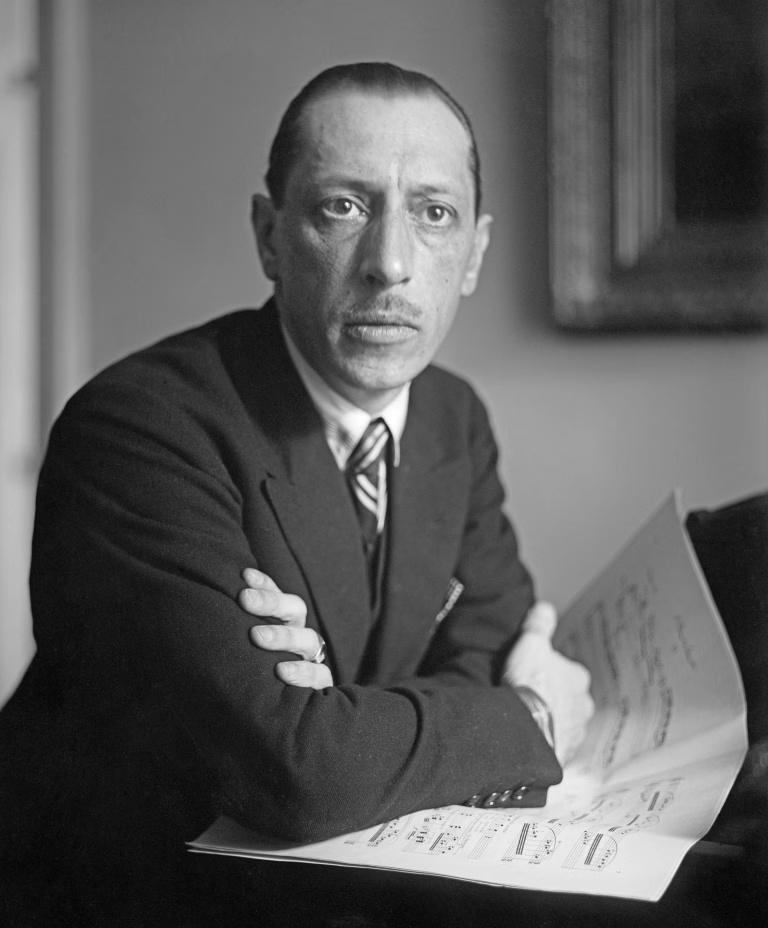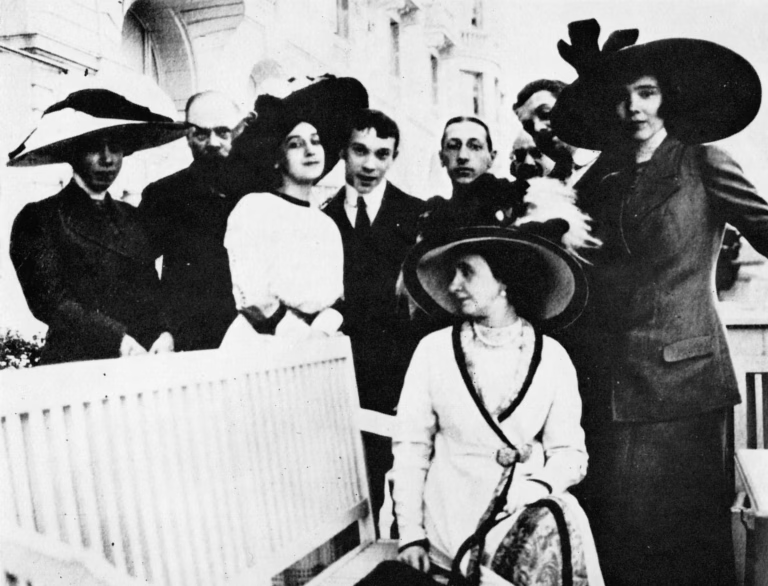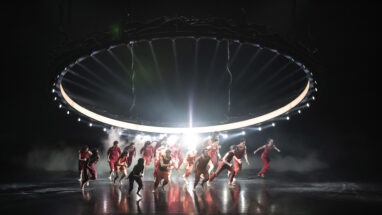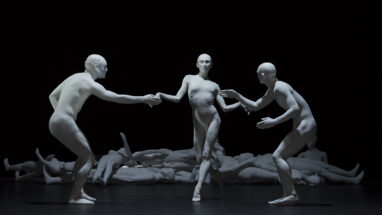
A ballet music revolution
Igor Stravinsky (1882–1971) shook the ballet world in the 1910s with his groundbreaking ballet music. Two key works created for the Ballets Russes troupe, Petrushka and The Rite of Spring, ushered in a new era in ballet history with their music, choreography, and visuals.
Starting in 1909, the Ballets Russes performances orchestrated by ballet impresario Serge Diaghilev garnered unprecedented enthusiasm in Paris. Diaghilev managed to engage the best visual artists, dancers, and composers of his time for the Ballets Russes. One of his most notable achievements was his collaboration with Igor Stravinsky, whom Diaghilev commissioned to compose music for The Firebird (1910), Petrushka (1911), and The Rite of Spring (1913).
Stravinsky’s stand-out musical innovations include his use of rhythm as an independent means of expression. The impact of the rhythmic effects was ensured by extraordinarily colourful and powerful orchestration. In Petrushka, and especially The Rite of Spring, Stravinsky pushed the potential of the symphony orchestra to its limits.

Photo: George Grantham Bain Collection, Wikimedia Commons
Stravinsky already had his first vision of The Rite of Spring while composing The Firebird. He was supposed to start The Rite of Spring after The Firebird, but he became inspired to compose a concert piece for piano and orchestra instead. This involved an image of a theatre puppet taunting the orchestra. Stravinsky played the piece for Diaghilev, who immediately got excited and exclaimed: “But this is a ballet!” And so, Petrushka began to take shape as a stage performance.
Compared to The Firebird, Petrushka is musically radical, although it starts with very traditional melodies. Some of these are borrowed directly from folk music, while the central barrel organ theme is a French song that Stravinsky once heard a street musician perform. Rhythmically, Petrushka is also something new with its changing time signatures. The dancers, who found it challenging, and the choreographer Mikhail Fokin, had no idea that they would see something much worse in just two years.

Photo: Nikolai Bezobrazov, Wikimedia Commons
The Rite of Spring originated from Stravinsky’s vision of a pagan ritual, in which wise elders sit in a circle around a young girl and watch her dance herself to death. The remarkably complex music was demanding for both the audience and the musicians, who interrupted the rehearsal several times, thinking the strange notes were mistakes. Stravinsky revolutionised everything from harmonies to rhythm and orchestration. At times, the entire orchestra is like a huge percussion instrument, at others, it overlays more rhythms and harmonies than the listener can possibly grasp.
The premiere, which was choreographed by Vaslav Nijinsky, is remembered as a scandal where the music was drowned out by the audience’s uproar. Since then, The Rite of Spring has secured its place in both concert halls and ballet stages as one of the most fascinating works of the 20th century.
Text JUHANI KOIVISTO
Header photo ROOSA OKSAHARJU
The Stravinsky evening at the Finnish National Ballet from 19 April to 18 May 2024.


